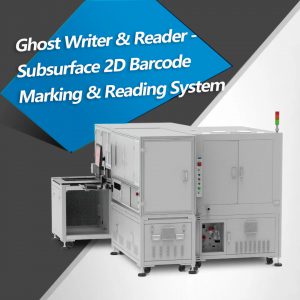Applied Industry
Because of its excellent optical properties and unique wear resistance, cover glass is used in automotive display screens. The continuous change of automotive display screens promotes the rapid development of cover glass. And cover glass will have broad application prospects in the automotive display industry.
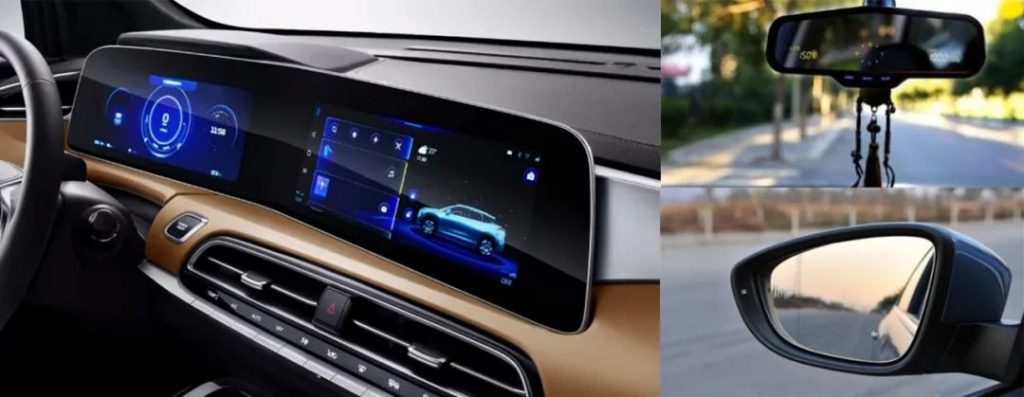
Photovoltaic glass is a kind of auxiliary material for photovoltaic cell components. Due to the strong market demand, the demand of photovoltaic glass is exceeding its supply. Glass scribe and break is an indispensable process in the manufacturing process of photovoltaic glass.

Application Requirements
Glass material, known for its brittle characteristic, has its challenges in manufacturing, such as cutting, drilling, handling, etc.. And ultra-thick glass cutting process is the most problematic. The traditional ultra-thick glass cutting method uses carbide or diamond tools. And the cutting process is divided into two steps
- Use a diamond tip or carbide grinding wheel to create a crack on the surface of the glass.
- Use mechanical means to split the glass along the crack line.
limitation of the traditional cutting method is as follows:
- Mechanical separation of the part is usually done by bending, which creates large chipping and cracks along the part edge. This will reduce the strength of the material and it will require additional CNC grinding to smooth the part edge.
- The diamond tool is easy to wear and needs to be replaced regularly, which means it is a consumable item and requires consistent long term purchase.
- This method can only cut straight lines. When used to cut special-shaped patterns, the yield of finished products is low.
Therefore, ultra-thick glass laser cutting has become a favourable solution, For products with glass thickness ≥1mm, especially the cutting of ultra-thick glass such as 5mm or even 12mm thick glass, laser cutting gives a high yield with its high process precision.

Advantages of Ultrafast Laser Cutting Technology
- Ultrafast laser has strong processing adaptability. For brittle materials, cutting with ultrafast laser gives the flexibility of cutting special-shaped graphics, which is difficult in traditional processing technology.
- Laser scribe and break also gives a better cutting edge quality and higher cutting accuracy. The chipping size is generally less than 10μm, which means the grinding and polishing processing time can be greatly reduced.
- The processing efficiency is high. The cutting speed of 2mm thick glass can reach up to 800mm/s.
The Principle of Glass Ultrafast Laser Cutting
Ultrafast lasers generally cut glass in one of two ways: Filamentation or Bessel Beam Cutting.
1. Filamentation Cutting
Laser filamentation utilizes filament phenomenon of laser and is a nonlinear effect of ultrashort pulse laser, which is the dynamic balance between Kerr self focusing and plasma defocusing.
The compression of the pulse space and time domain under the effect of self focusing leads to the sharp rise of the peak power density, which leads to the nonlinear ionization of the sample after reaching a certain threshold and produces plasma.
The generation of plasma makes the pulse disperse in space. After the defocusing effect of plasma is weakened, the scattered pulse in space will compress in space and time domain under the action of self focusing. After a certain distance, the self focusing will be terminated by plasma, thus forming a second focus. If the energy of the pulse is high enough, more focus may be formed in this way, resulting in multiple focusing.

2. Bessel Beam Laser Cutting
A Bessel beam is a laser beam produced by long-distance interference that allows energy to be concentrated inside a transparent material to propagate without diffraction. The wave whose amplitude is described by the first type of Bessel function has no diffraction and can recover itself after passing through obstacles. Electromagnetic wave, acoustic wave, matter wave or gravitational wave can be similar to this form, but it can’t be achieved.
This kind of light beam can keep the width of the halo with the increase of the diameter of the distance. There is almost no diffraction in a short distance. After passing through the obstacles, it can recover itself. It is used in scientific research, measurement, calibration, precision machining, medical treatment, especially in microscope, optical tweezers and laser surgery of eyes.

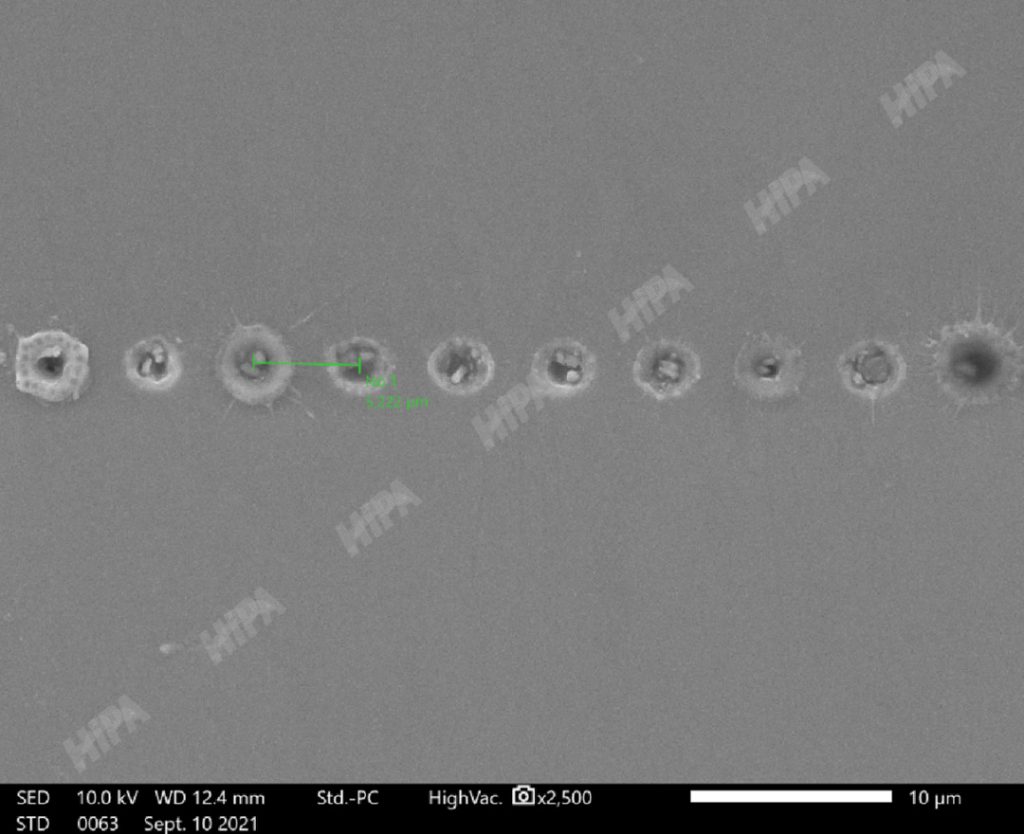
Separation Process
Ultrafast laser pulses are focused in the glass through a filamentation head or a Bessel head head to form through holes. A linear motor controls the glass workpiece and moves it relative to the laser beam to create a multitude of equally spaced holes. By optimizing the hole spacing, micro cracks along the cutting path are generated, as shown in Figure 4 below. However, the glass is not yet separated at this time. It needs to be separated through the separation process to obtain the final product. Figure 5 illustrates the step-by-step process of ultrafast laser cutting glass.

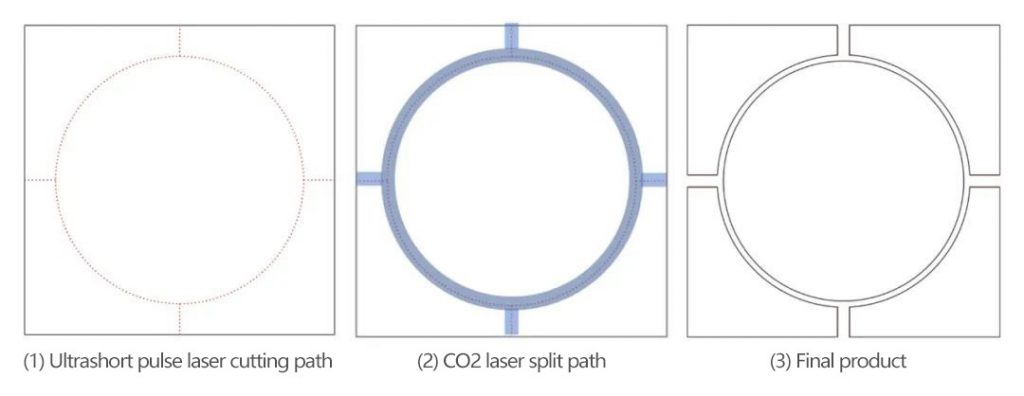
Note: The red dotted line is the ultra-short pulse laser cutting path, and the diameter of the spot after focusing is several microns. The blue color is the separation path of the CO2 laser process. The diameter of the split spot is usually a few millimeters, which can ensure that the laser energy is absorbed without damaging the glass.
Glass separation methods can generally be divided into two types: mechanical separation and heating separation. Mechanical splintering refers to the application of mechanical force to the glass with micro cracks, which results in relatively large edge chipping. And it has limitation in special-shaped cutting.
Heating separation refers to heating along the cutting path (commonly using CO2 laser heating). Heat increases the stress at the micro-cracks. When a threshold is reached, the glass is broken only along the micro-cracks. Therefore, the edge damage can be reduced to a minimum.
Advantages of Bessel Beam Laser Cutting Technology
- Avoid edge chipping and cracks, which increases the strength of the edges.
- High cutting precision that improves the process yield.
- Reduced downstream manufacturing process time such as rinsing, grinding, polishing, etc..
JPT Solutions for Brittle Material Cutting
Laser Cutting and Separation Equipment
The thick glass cutting solution provided by JPT adopts high-power infrared picosecond laser & Bessel cutting system. The maximum material thickness that can be cut with single passis 6mm (two passes can cut up to 12mm thick glass). With good beam quality, small focusing spot, high power and good stability, this tool can quickly cut various optical glass, that has strict requirements on small edge chipping and taper. Precise optical path design ensures high-quality laser transmission, stable processing quality and equipment reliability.

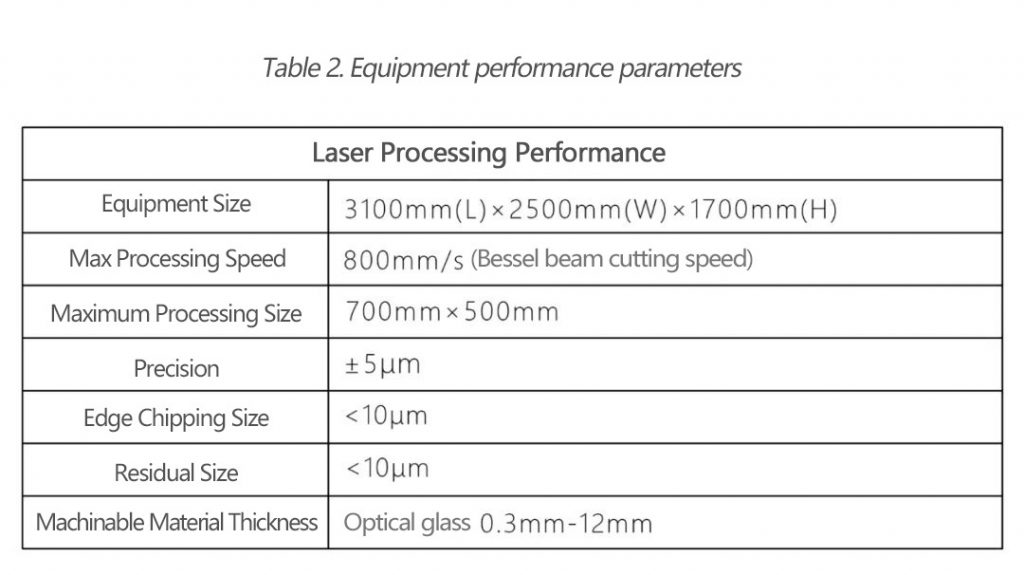
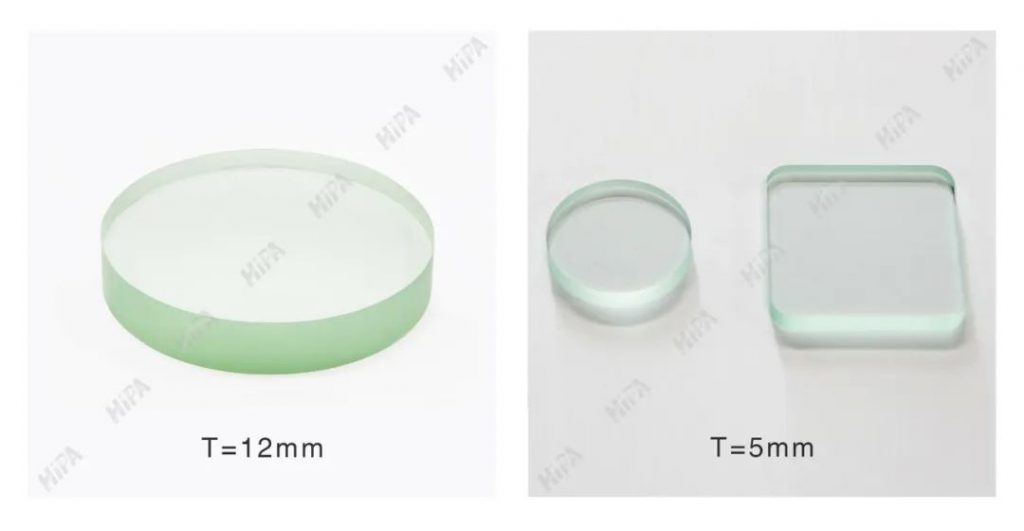
Shaped Details
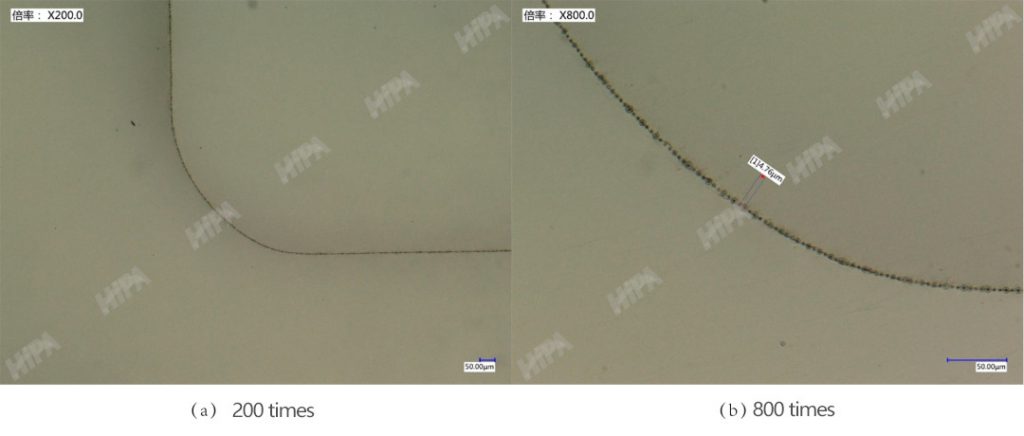
Edge Chipping

Our Advantages
In addition, JPT’s Brittle Material product line can also provide fully customized system solution with automation, aiming to reduce the labor costs for customers.
JPT can provide a complete set of glass processing solutions such as cutting, drilling and engraving. With the development of intelligent manufacturing, two-dimensional code traceability systems is getting more commonly used in various industries. JPT can also provide a 2D barcode solution for glass processing line. Compared with other marking methods, JPT’s solution can engrave clear, durable and anti-counterfeiting barcode on glass. The equipment can be a standalone tool or be integrated to the production line with low energy consumption and low operating cost.



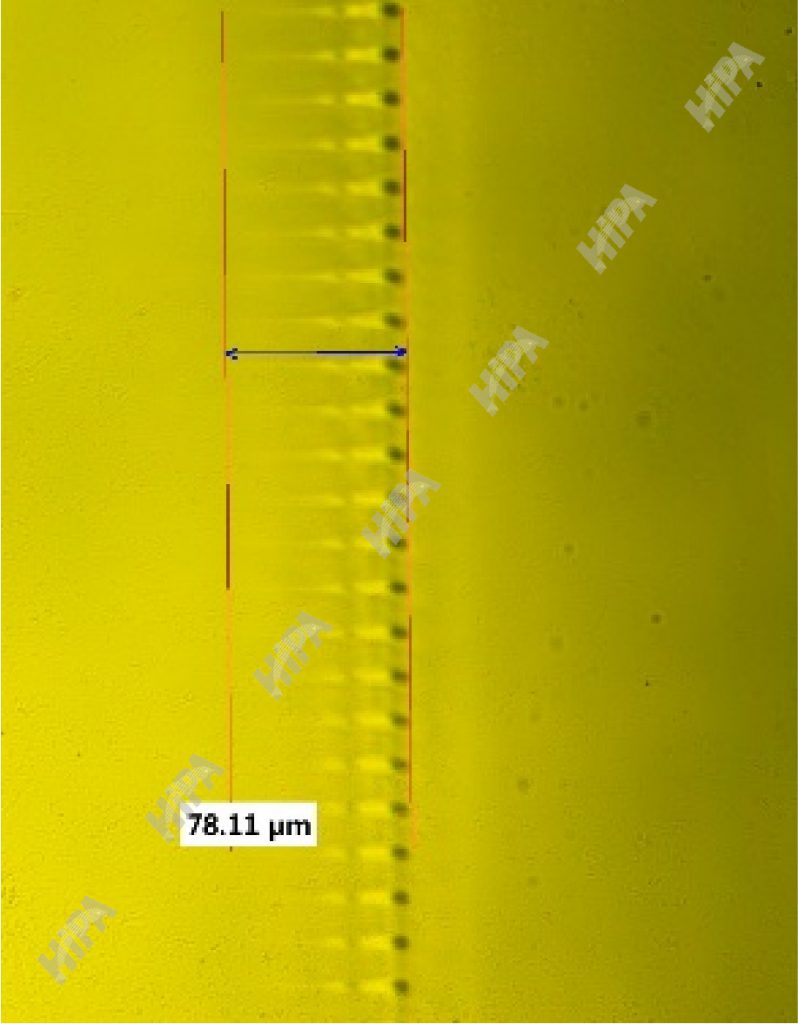
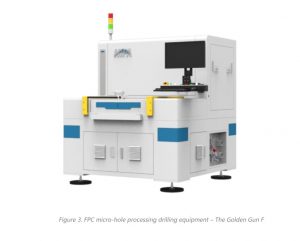
HiPA Solutions – Laser Micro Hole Drilling
Flexible circuit boards, referred to as FPC are widely used in consumer electronic products such as microelectronics, 5G mobile phones, laptop computers, and new energy vehicles. Also as electronic interconnects to connect products.
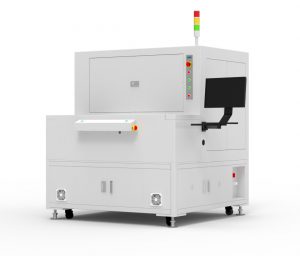
HiPA Solutions – Laser Ink Removal
Ink is an important material for printing. By printing or inkjet, patterns and characters are displayed on the substrate. Among them, screen printing inks are widely used on the cover glass of various display panels such as mobile phones, computers, smart watches, cameras, etc.
- HiPA Solutions – Laser Micro Hole Drilling - 09/12/2022
- HiPA Solutions – Laser Ink Removal - 03/12/2022
- JPT Solutions – Thick Glass Cutting with Ultrafast Laser - 03/12/2022

